Overview
Postman is a program that allows the user to interact with HTTP APIs. When used with Just Add Power, it can send POST and GET requests and display the responses.
It is a useful tool when troubleshooting or testing how a control system interacts with Just Add Power's justOS RESTful API.
The Attachments section to the right has an API Postman Collection for reference -->
Download
Postman can be downloaded from the main Postman website at www.getpostman.com.
HTTP API
HTTP API available here
Firmware
justOS B1.2.1 or later required
Using Postman
When first opening Postman, the Launchpad screen will appear. Select Create a request to open a new tab.

Navigate to the Untitled Request tab. There are 3 key parts to this window:
- GET/POST dropdown - set the type of request
- Request URL bar - enter the IP address and endpoint URI
- Send button - execute the request to the endpoint URI

GET Commands
To retrieve information from the Just Add Power device, use the GET function. Example below returns all Settings on a device.
POST Commands
To execute live commands or change boot-up settings on a Just Add Power device, use the POST function and execute the command in the Body in JSON format.
- Enter the IP address of the Just Add Power device followed by the endpoint URI
- Go to the tab below the address bar and select the Body section
- Select the radio button for raw and JSON from the dropdown on the right side.
- Enter the command in the correct format in the body below.
- Click Send to execute.
The example below shows how to set a Receiver to show the top-left corner of a 2x2 video wall by sending [2,2,1,1]






